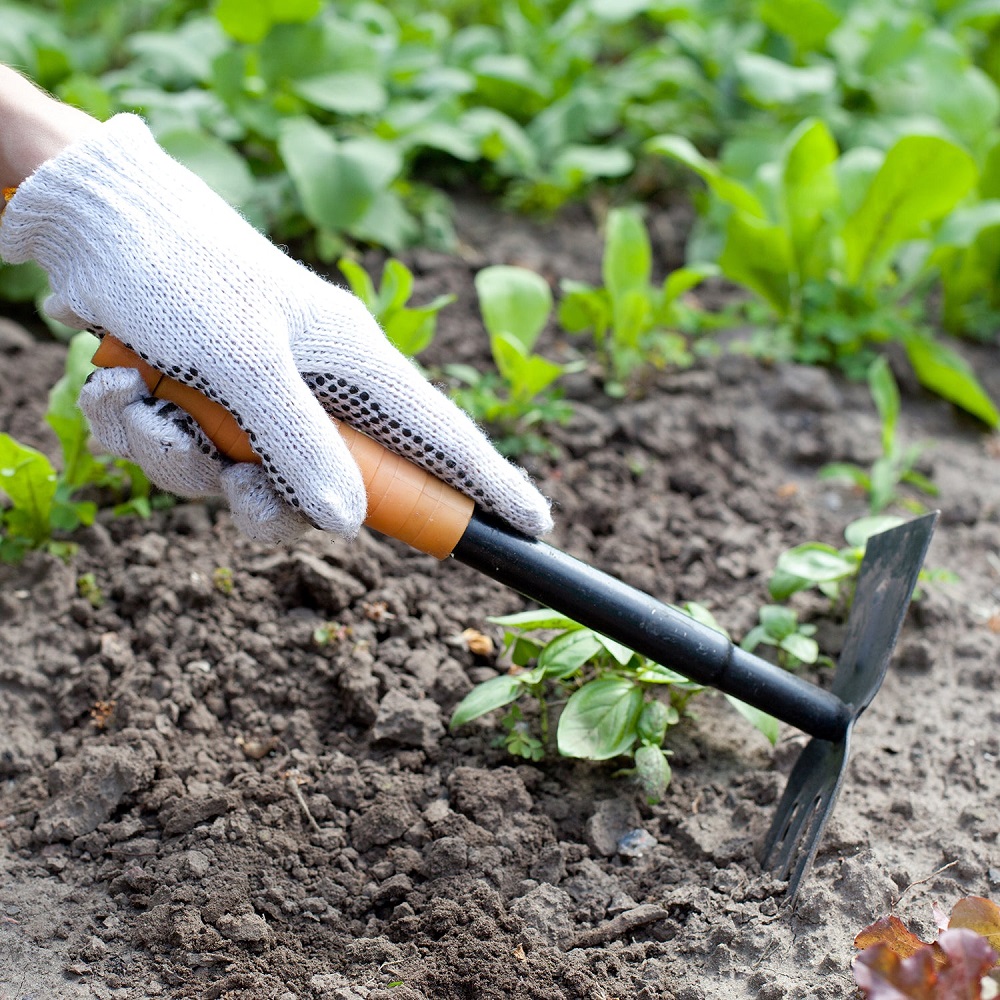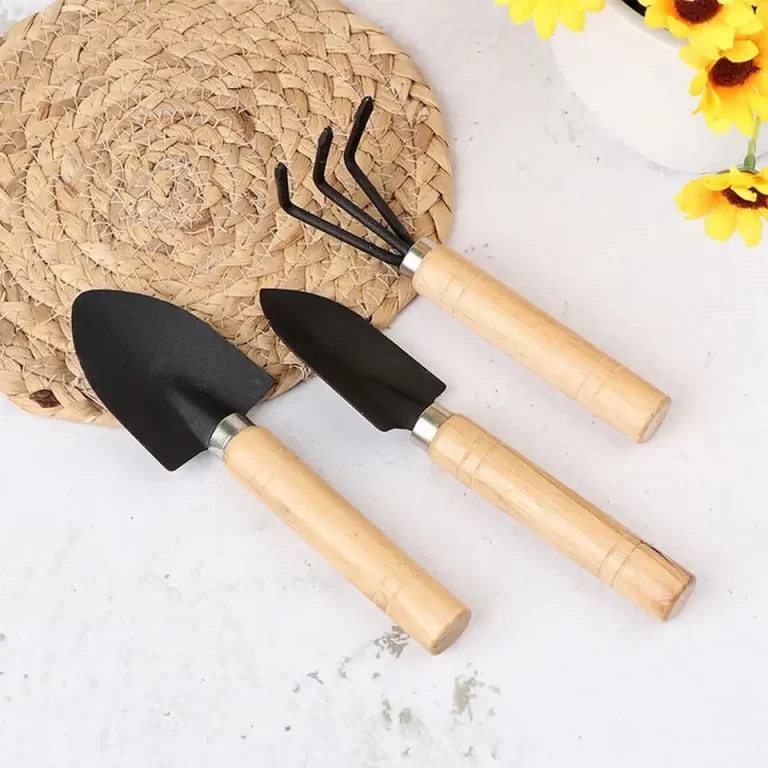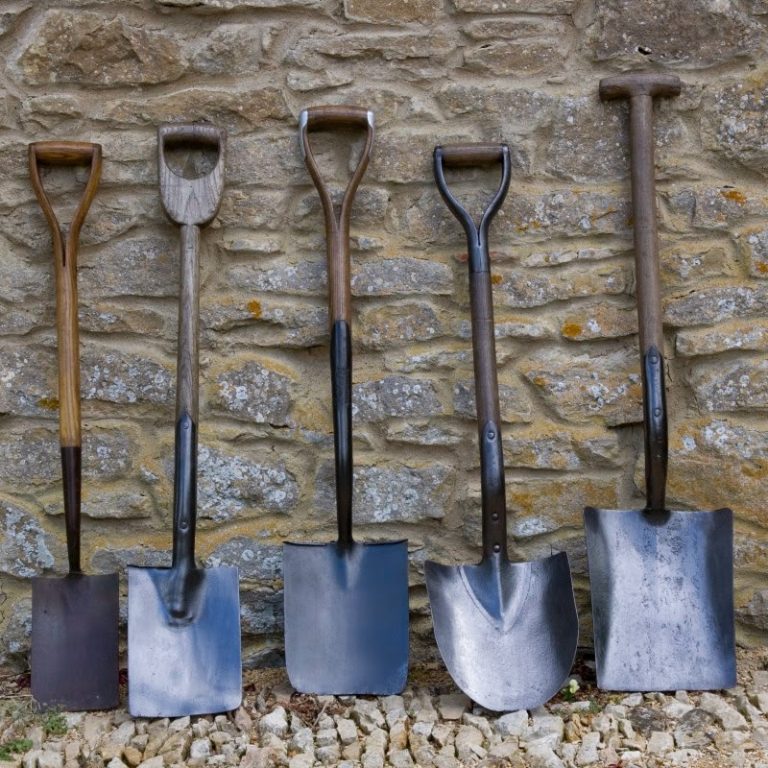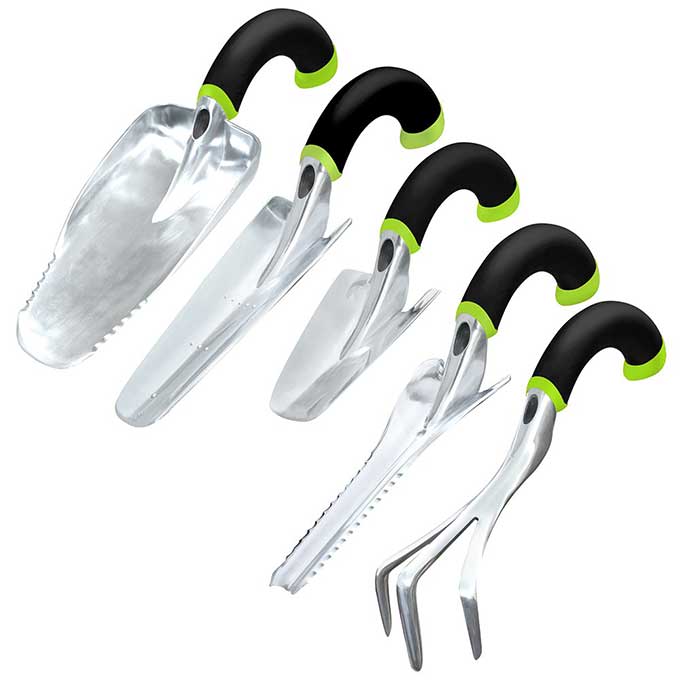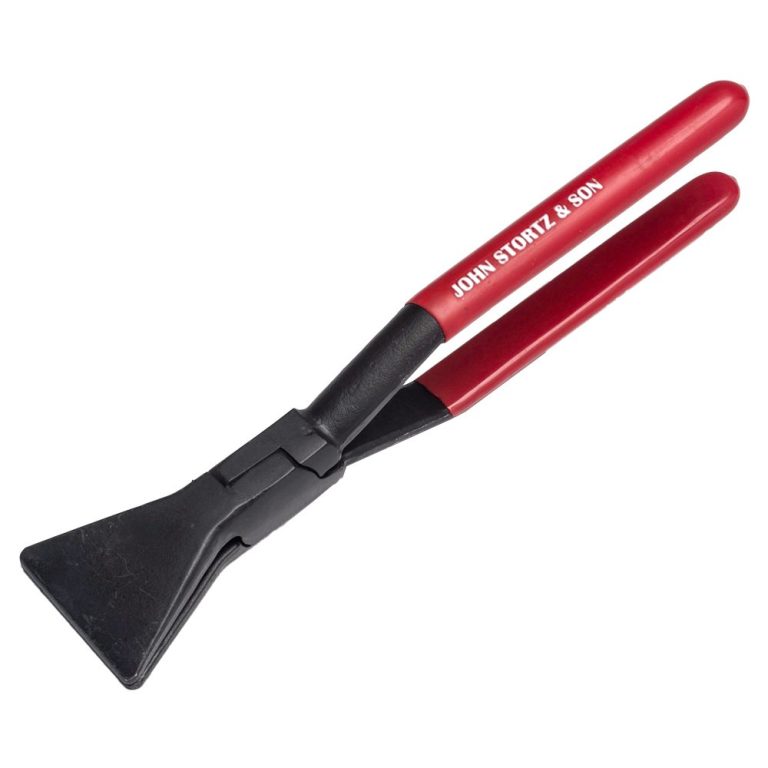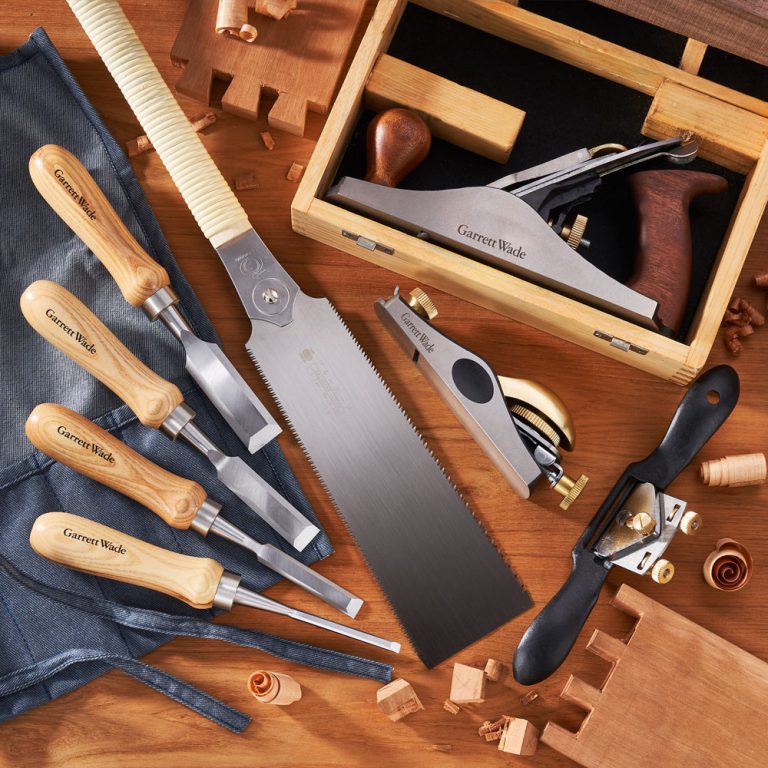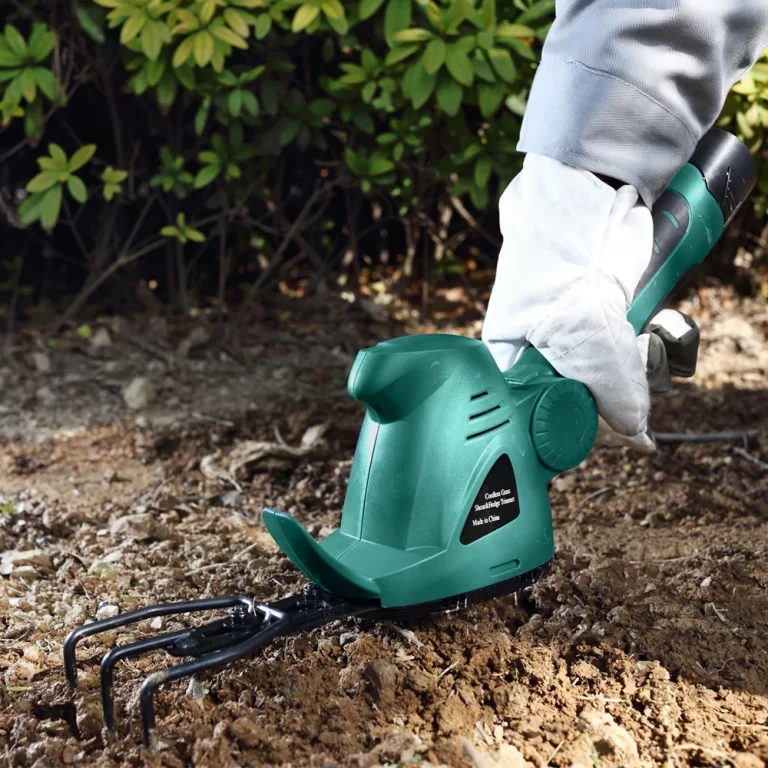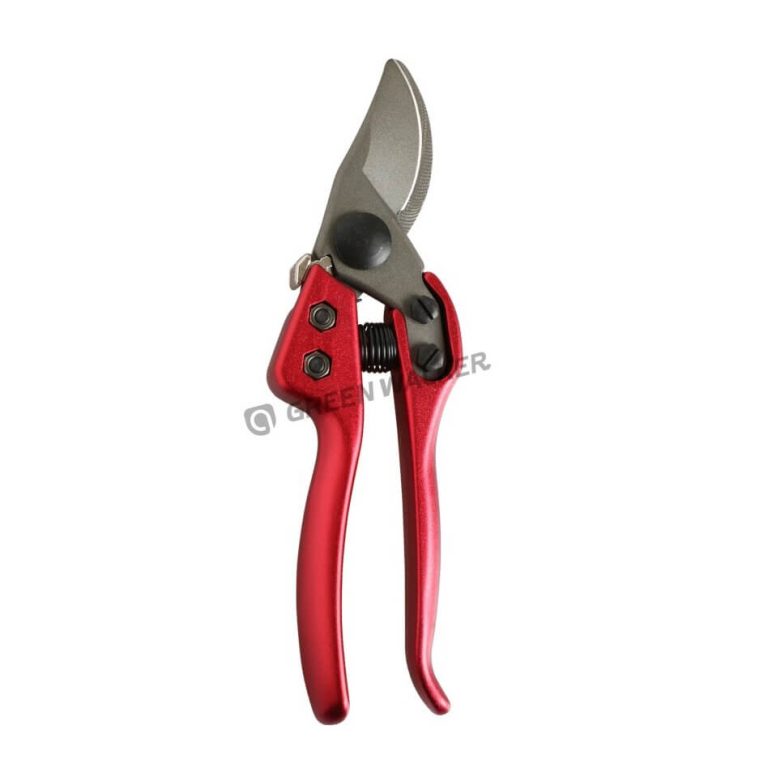Maintaining a well-kept garden involves more than just planting seeds and watering plants. A crucial yet often overlooked aspect of gardening is caring for your tools. Dirty or rusty tools can spread diseases and reduce the efficiency of your gardening efforts. Therefore, regular cleaning and maintenance of garden tools is essential for anyone looking to cultivate a healthy and productive garden. This article will guide you through the best methods how to clean garden tools and recommend effective products to use for various cleaning tasks.
The Importance of Cleaning Garden Tools
How to clean garden tools? Cleaning your garden tools is vital for several reasons that benefit both your garden and your gardening experience. First, proper cleaning helps prevent the spread of diseases. When tools come into contact with infected soil or plants, they can carry pathogens to healthy ones, potentially harming your entire garden. For instance, transferring bacteria from one plant to another can lead to blight or fungal infections. Second, keeping tools clean ensures they function better. Dirt, rust, and grime can hinder a tool’s performance and lead to premature wear and tear. A clean shovel, for example, will dig effectively and minimize resistance, making your work easier.
Moreover, maintaining clean tools improves the overall gardening experience. Using dirty and rusty tools can be frustrating and discouraging, especially when you are trying to work efficiently in your garden. Establishing a regular cleaning routine not only saves time but also helps you stay organized. Taking just a few minutes after each gardening session to clean your tools can prevent a more extensive cleaning job later on. Overall, regular cleaning contributes to better gardening practices, promotes plant health, and results in a more fruitful garden.
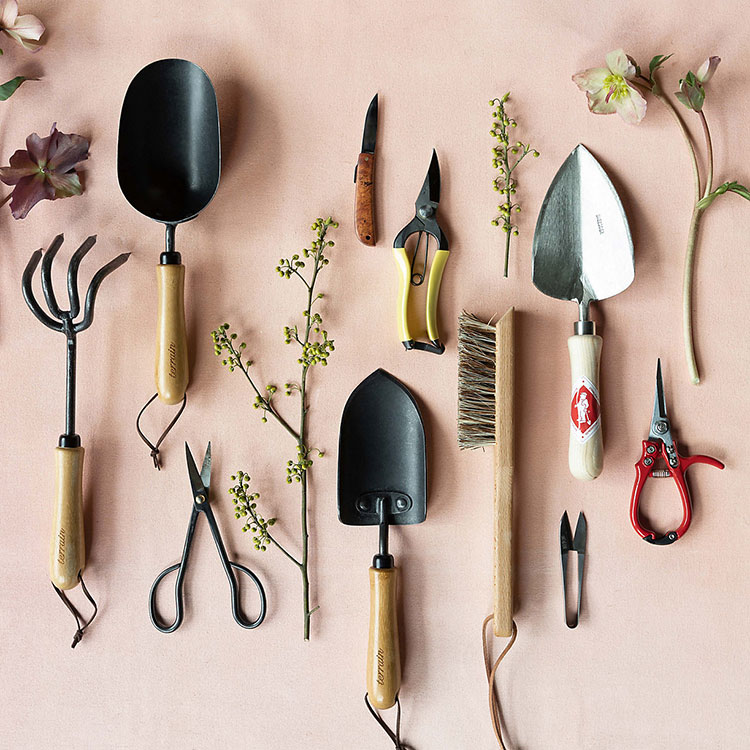
Basic Cleaning Supplies You’ll Need
How to clean garden tools? To get started on cleaning your garden tools, it’s essential to gather some basic cleaning supplies beforehand. The most important item is a stiff brush. This brush will help you remove dirt and debris that may have accumulated on metal and wooden surfaces. A wire brush is particularly effective for metal tools, as it can reach into crevices and scrape away stubborn build-up. Additionally, you may find that a soft-bristle brush can work wonders for delicate areas that require more gentle handling. For stubborn dirt, a putty knife or scraper is also a valuable tool to have on hand, as it can help dislodge large clumps of soil and debris without damaging the tools.
Another essential supply is soap—specifically dish soap. This gentle yet effective cleaner is ideal for breaking down grease and grime. Alternatively, you can use a mild detergent for tougher jobs. Additionally, a bucket filled with warm water makes the cleaning process easier and more efficient. You might also want to consider using natural cleaning agents like white vinegar or baking soda for tougher stains or rust, as they are effective and environmentally friendly. Finally, having some oil on hand, such as light machine oil or vegetable oil, will help keep moving parts lubricated post-cleaning. By ensuring you have these basic supplies, you can make the cleaning process straightforward and effective.
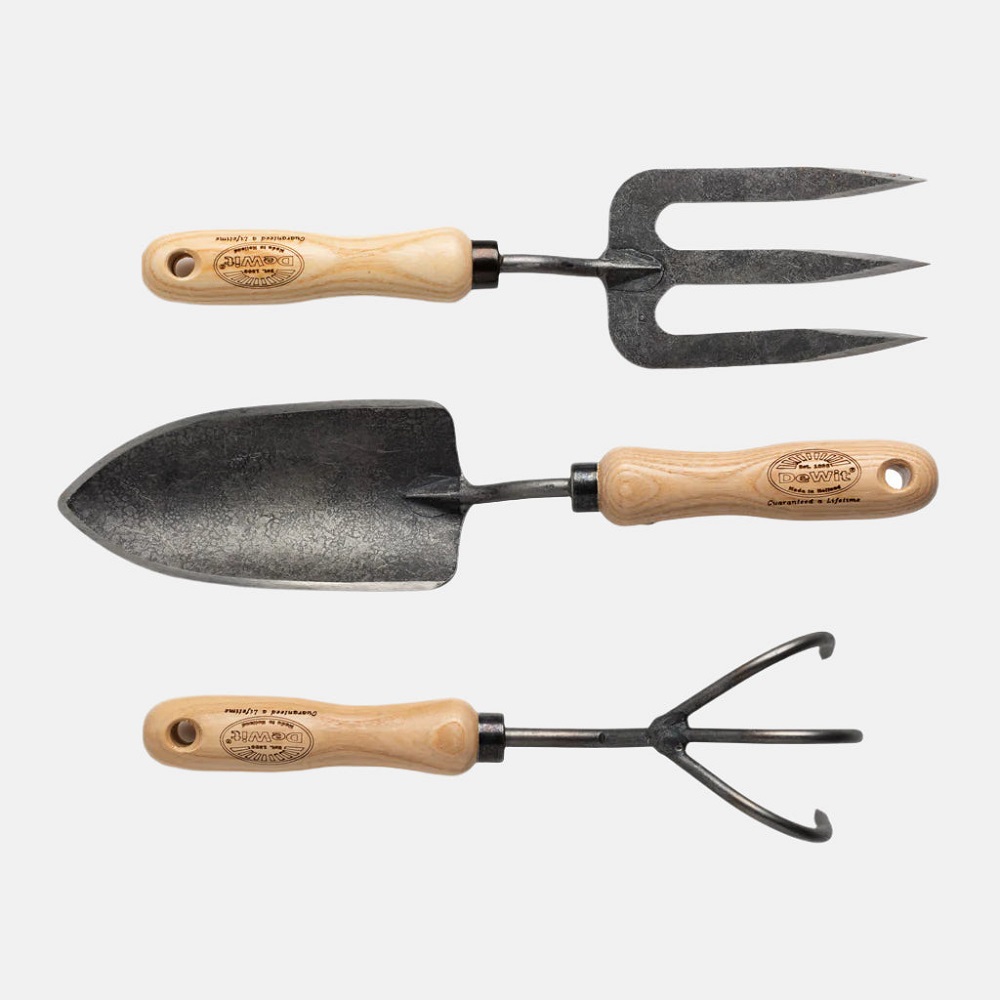
Step-by-Step Cleaning Process
With your cleaning supplies in hand, you can now follow a simple step-by-step cleaning process to ensure your garden tools are well-maintained. Start by removing any loose dirt and debris. Use the stiff brush to scrub away as much dirt as possible from the surfaces. Be diligent in your brushing, paying special attention to crevices and joints where dirt tends to accumulate. For particularly large clumps of mud or hardened soil, a putty knife or scraper can be a handy tool to help pry off the debris without scratching the tool’s finish.
Next, fill your bucket with warm water and add a few drops of dish soap. Dip your brush into the soapy water and scrub the tools thoroughly. Be sure to clean all surfaces, including blades, handles, and any hinges or moving parts. For tools with wooden handles, be cautious to avoid soaking the wood, as this can lead to warping. Instead, use a damp cloth with soapy water to wipe the handles clean. While washing, you can also take a moment to inspect for any signs of wear or damage, which can be addressed during maintenance.
After scrubbing, rinse the tools with clean water to remove any soap residue. It’s important to dry the tools immediately with a clean cloth, as exposing metal surfaces to moisture can lead to rust formation. Make sure the tools are completely dry before storing them; this simple step can significantly extend their lifespan. For tools with moving parts, apply a small amount of oil after cleaning—this lubrication will help keep them functioning smoothly and protect them from future corrosion. Following these steps diligently will ensure your tools remain effective and ready for use.
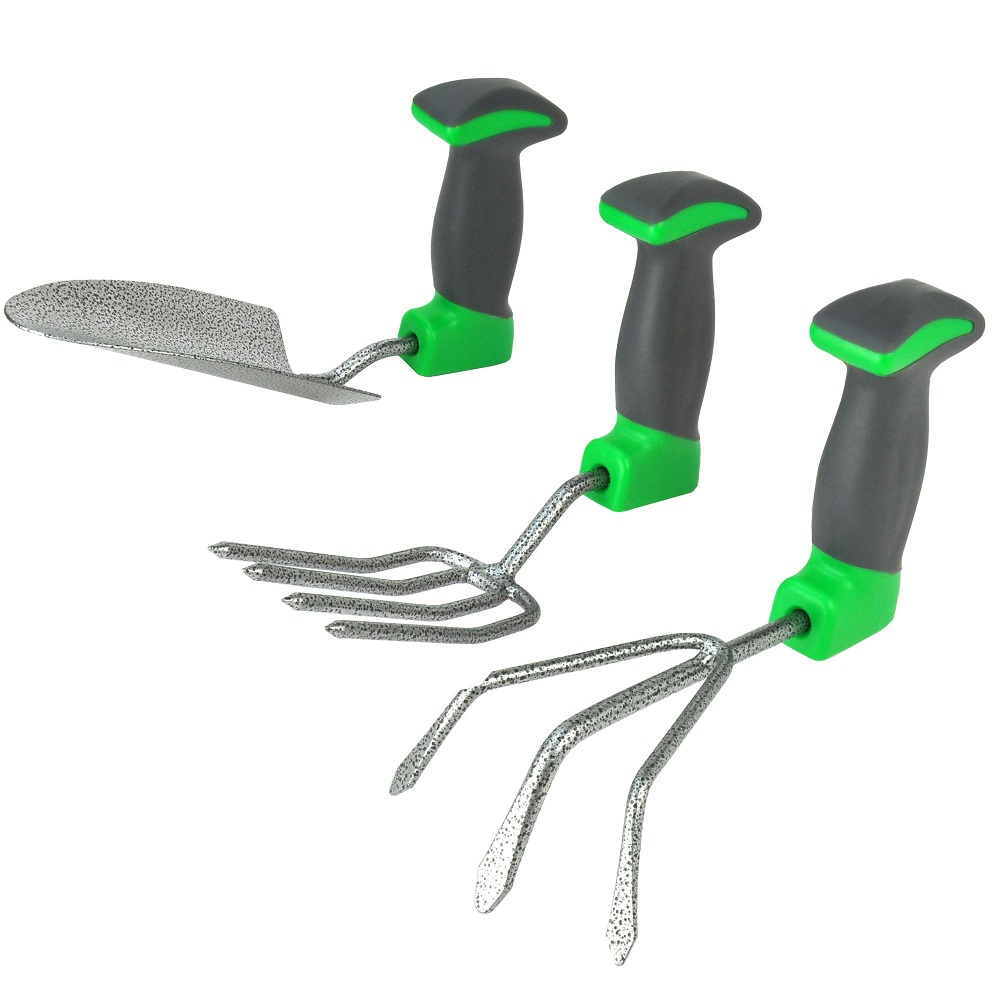
Tips for Removing Rust
Rust is a common problem faced by gardeners, especially those who own metal tools. However, if you notice rust on any of your tools, there are effective methods to remove it without extensive effort. One simple method is to use white vinegar, which is an excellent natural rust remover. Soak the rusty tool in vinegar for several hours or overnight. After soaking, scrub the rusted areas with a stiff brush, and you will find that the rust comes off with minimal effort. Rinse the tool under running water afterward and dry it immediately to prevent further rust from forming.
Alternatively, baking soda can also aid in removing rust. Create a paste by mixing baking soda with water until it reaches a thick consistency. Spread this paste onto the rusted areas of the tool and allow it to sit for a few hours. Then, scrub the area with a brush or a cloth, depending on the severity of the rust. Rinse the tool thoroughly afterward and dry it to ensure it stays rust-free.
For more severe cases of rust, consider using a commercial rust remover designed specifically for tools. These products often contain powerful solvents that can effectively tackle chronic rust problems. Always follow the instructions on the product label to achieve the best results and keep safety in mind while using stronger chemicals. Regularly checking for and removing rust will help prolong the life of your gardening tools and keep them functioning at their best.
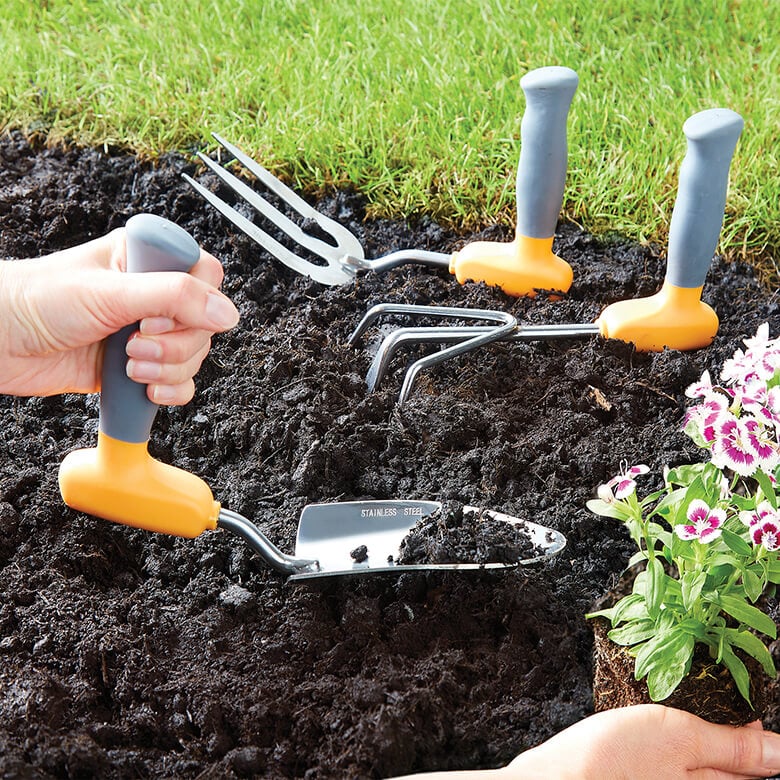
Choosing the Right Products for Your Tools
Choosing the right products for cleaning garden tools is essential, as not all cleaners are suitable for every type of tool. For wooden tools, select gentle cleaners that won’t damage the wood or strip away the natural finish. Avoid harsh chemicals, as they can adversely affect wooden handles, leading to splintering or degradation over time. Instead, generally, a mixture of soap and water or natural cleaning solutions like vinegar is a safe and effective choice.
For metal tools, dish soap and warm water work well, but you can also explore specialized cleaning products that manufacturers design for garden tools. These cleaners are formulated to break down dirt and grime while being safe for the metal surface. Such products can be a worthwhile investment for gardeners looking to maintain their investments in quality tools.
Additionally, if you are cleaning tools that have been used on plants prone to disease, like tomatoes or cucumbers, consider using a bleach solution for disinfecting. The standard mixture is one part bleach to nine parts water, which effectively kills most pathogens. However, it’s crucial to rinse the tools thoroughly afterward to remove any bleach residue, protecting both you and your plants. By carefully selecting the right cleaning products, you can ensure that your tools are preserved while effectively maintaining a healthy gardening environment.
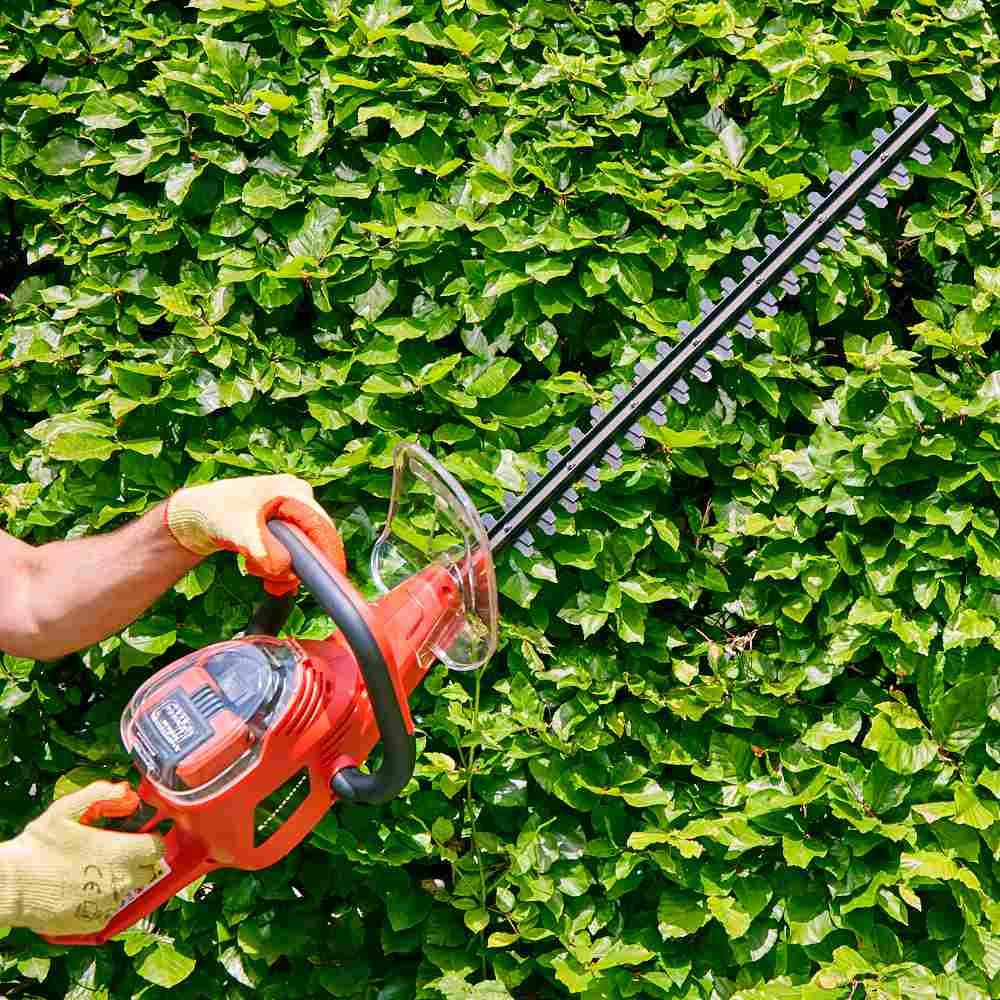
Storing Clean Tools Properly
After cleaning your tools, proper storage is vital to ensure they remain in good condition. How to clean garden tools? Storing them correctly can significantly reduce dirt buildup and prolong their lifespan. First and foremost, make sure to store tools in a dry place. Moist environments can lead to rust and mold growth, reducing the effectiveness of your tools. A garden shed or garage that has good ventilation is typically the best option for tool storage.
If possible, hanging garden tools on a wall or pegboard is an excellent way to store them. This method prevents them from being knocked over, getting tangled, or piling up in a corner where dirt can accumulate. Tools that are hung also have the added benefit of being easily accessible. For smaller tools like trowels, pruners, and gloves, consider using a storage box or drawer to keep them organized. Clear bins can make it easy to locate specific tools when needed.
Additionally, labeling your storage area can be highly beneficial, especially if you have multiple tools or a large collection. By labeling drawers or bins, you can quickly locate what you need, reducing the time spent searching through an unorganized space. Good organization will not only make gardening more enjoyable but will also enhance your efficiency and productivity, contributing to better gardening outcomes.
Regular Maintenance for Longevity
How to clean garden tools? Cleaning tools is not just a one-time task; it should become an integral part of your gardening routine. Make it a habit to clean your tools after each use to keep them in peak condition. This regular upkeep helps maintain tool performance and hygiene, ultimately leading to healthier plants and crops. Additionally, establishing a schedule for deep-cleaning sessions can further enhance tool longevity. You might consider conducting thorough checks at the beginning or end of the gardening season, when you’re transitioning into or out of active use.
Moreover, consider keeping a small toolkit with essential cleaning supplies readily available in your gardening area. This makes cleaning tools after use convenient and straightforward, reducing friction in your gardening routine. Having all cleaning essentials organized and accessible encourages consistent cleaning and maintenance, ensuring that your tools remain in excellent condition. Regular cleaning and maintenance not only improve your gardening experience but contribute to better results in your garden.
In conclusion, cleaning and maintaining your garden tools is a fundamental aspect of gardening that should be prioritized. How to clean garden tools? By following the proper procedures and using effective products, you can keep your tools in excellent condition and ready for every gardening task. Adopting a regular cleaning routine will not only enhance the efficiency of your tools but also contribute to the overall health of your garden. So gather your supplies, establish a cleaning schedule, and start cleaning—your garden will certainly thank you for your dedication!
